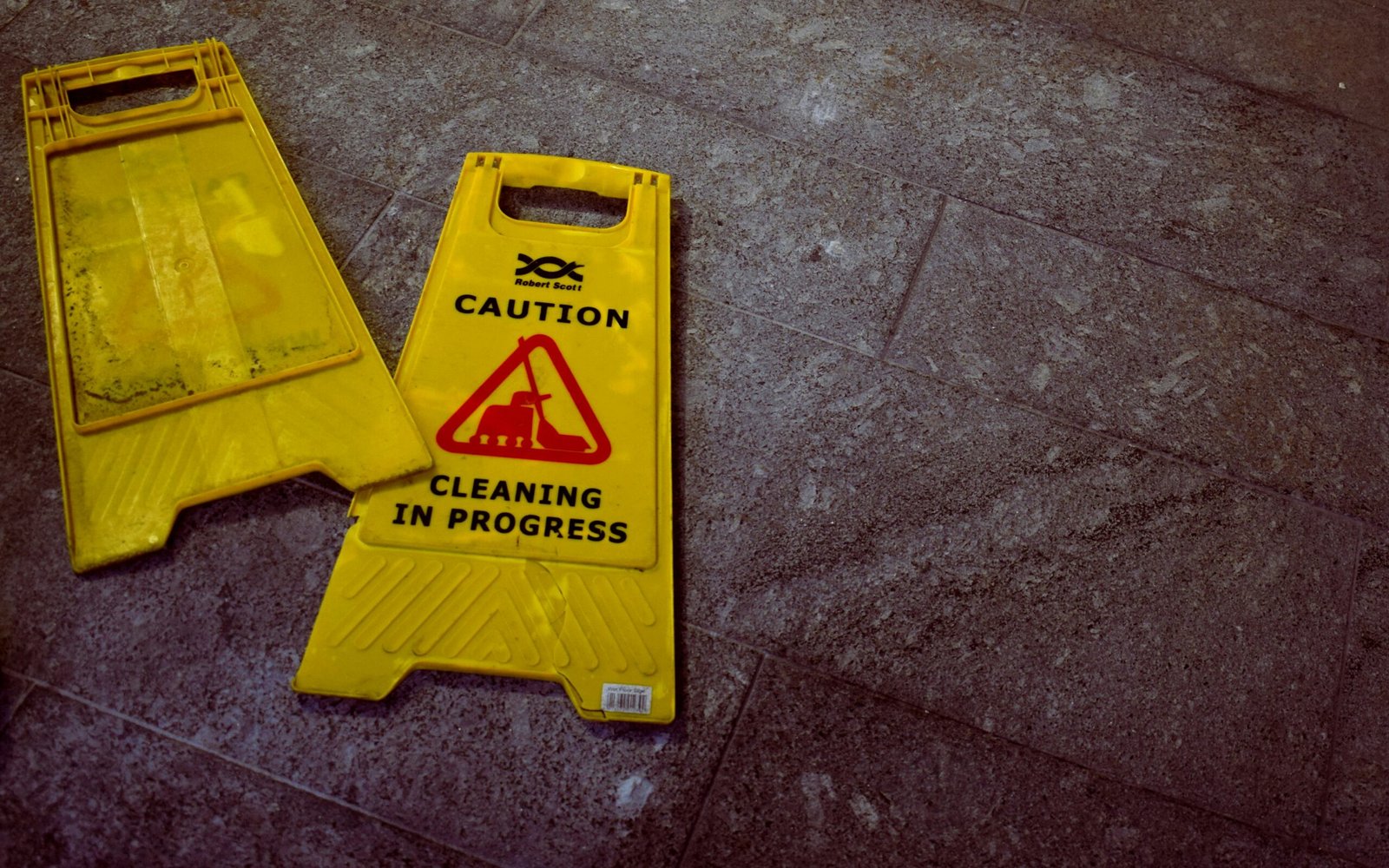What Does a Bad LCD Screen Look Like?
“`html
Introduction to LCD Screens
LCD (Liquid Crystal Display) screens are ubiquitous in modern technology, prominently featured in devices ranging from smartphones and computers to televisions and digital cameras. Their widespread usage can be attributed to several advantages, including energy efficiency, compact form, and high-resolution image quality. Understanding what constitutes a bad LCD screen requires a foundational knowledge of their operation and typical applications.
At the core of an LCD screen’s functionality lies its use of liquid crystals. These organic compounds exhibit properties of both liquids and solids, allowing them to control light passage under applied electrical currents. In an LCD, liquid crystals are sandwiched between two layers of glass, each coated with a transparent electrode. When voltage is applied, liquid crystals align in a way that modulates light to create images.
Backlighting is another critical component of LCD screens. In earlier designs, Cold Cathode Fluorescent Lamps (CCFLs) were commonly used, but modern devices predominantly utilize LED (Light Emitting Diode) backlighting for improved efficiency and thinner design. Backlighting provides the necessary illumination for the liquid crystals to manipulate. As light passes through the polarized layers, the liquid crystals’ alignment selectively blocks or allows light to pass, producing the desired images and colors on the screen.
Color accuracy and image quality are further enhanced by incorporating color filters over each sub-pixel, typically divided into red, green, and blue colors. By adjusting the intensity of these sub-pixels, LCD screens can reproduce a wide array of colors and sharp images, making them suitable for diverse applications from high-definition televisions and computer monitors to portable devices like tablets and smartphones.
Given their complex structure and reliance on precise electronics, LCD screens are prone to various faults that can impair their performance. Recognizing the symptoms of a defective LCD screen is crucial for timely repairs or replacements to maintain optimal device functionality.
“`
Common Signs of a Bad LCD Screen
An LCD screen’s declining condition can manifest through several noticeable symptoms. Recognizing these signs early can help troubleshoot and potentially extend the life of the display. One of the most evident indicators is the presence of dead pixels. Dead pixels appear as small, stationary black or white dots on the screen, often disrupting the visual experience by standing out from the displayed content.
Discoloration is another common issue. This happens when patches of the screen display incorrect colors or a washed-out appearance. It can result from issues with the screen’s backlighting or damage to the internal layers. Users might experience this problem as color bands or tints that skew images and graphical content.
Another symptom to be wary of is screen flickering. This can present as a constant or intermittent flashing, often signifying issues with the screen’s internal connections or power supply. Flickering can be particularly annoying and harmful to the eyes over extended periods of use.
The appearance of lines running across the screen—whether they are horizontal or vertical—can also signal a faulty LCD. These lines might be static or dynamic, varying in color and intensity, and typically indicate issues with the screen’s wiring or internal circuitry.
A dim or entirely black screen is one of the more severe symptoms. This could mean a total failure of the LCD’s backlighting system, rendering the screen unreadable. This problem may develop gradually or occur suddenly, often pointing to significant internal damage or a failing power supply.
Lastly, ghosting refers to residual images left on the screen after changing content, resulting from slow pixel response times. This can be particularly common in older LCD screens, where motion blur and image retention reduce viewing pleasure.
By understanding these common signs, users can better identify when their LCD screen is starting to fail, allowing for timely repairs or replacements.
Causes of LCD Screen Damage
Understanding the potential causes of LCD screen damage can help in identifying and preventing common issues that may compromise the display quality. One of the primary causes of LCD screen malfunctions is physical damage. Incidents such as drops, impacts, or pressure exerted on the screen can result in noticeable cracks, pixel damage, or even complete screen failure. Such physical deformities are often visible and present immediate indicators of damage.
Another significant cause of LCD screen damage stems from internal issues. Faulty connections within the screen assembly can disrupt the display function, leading to flickering, blank screens, or intermittent display problems. Connections can become loose or disconnected due to manufacturing defects or wear and tear over time. Additionally, damage to the liquid crystals themselves, whether through impact or other means, can lead to distorted or incomplete images being displayed.
Environmental factors also play a crucial role in the longevity and performance of LCD screens. Extreme temperatures can severely impact the liquid crystals’ behavior, causing them to freeze in cold conditions or overheat in high temperatures, both leading to potential screen malfunctions. Moreover, exposure to moisture can result in condensation within the screen, causing short circuits or corrosion of internal components. This is particularly problematic in humid or wet environments where water ingress can cause long-term damage.
It is essential to be mindful of these causes to protect the integrity of LCD screens. By understanding the potential sources of damage, users can take preventive measures such as using protective cases, avoiding exposure to extreme environmental conditions, and ensuring proper handling of devices. Overall, awareness of these factors can contribute significantly to extending the lifespan and maintaining the performance of LCD screens.
Steps to Take When Faced With a Bad LCD Screen
When you suspect that your LCD screen is malfunctioning, it is crucial to take immediate and appropriate steps. Initially, attempt some basic troubleshooting to confirm that the issue is indeed with the LCD screen. Check all connections, ensure there are no visible damages, and try using the screen with different devices, if applicable. If these steps do not resolve the issue, it’s time to consider more comprehensive solutions.
One practical option is to opt for professional screen repair services. Professional repairs can be an effective way to address the problem without investing in a new screen. Technicians usually have the expertise and tools necessary to diagnose and fix issues efficiently. However, it’s important to research and choose a reputable service provider. You should consider factors such as customer reviews, warranty on repairs, and turnaround time.
If professional repairs are not a viable solution, you could explore do-it-yourself (DIY) repairs. DIY repairs can be cost-effective, especially if the issue stems from minor problems like a loose connection or backlight malfunction. Numerous online resources, including video tutorials and detailed guides, can assist you in the process. Nevertheless, DIY repairs come with risks, such as inadvertently causing more damage or invalidating any existing warranties.
When repairs are no longer feasible or economical, screen replacement might be the most practical route. Replacing the screen can often be cheaper than buying a new device, particularly for high-end models. Ensure that the replacement screen is compatible with your device model and ideally opt for original equipment manufacturer (OEM) parts to maintain quality and performance standards. Consider the costs associated with both parts and labor if you are not performing the replacement yourself.
Lastly, always review any warranty services your device might still be under. Many devices come with manufacturer warranties that cover screen defects, offering free or reduced-cost repairs and replacements. Check your warranty’s terms and conditions to understand what is covered and process claims accordingly.
Ultimately, the choice between repair, replacement, or utilizing warranty services should be based on a balance of cost, quality, and convenience tailored to your specific needs and circumstances.







